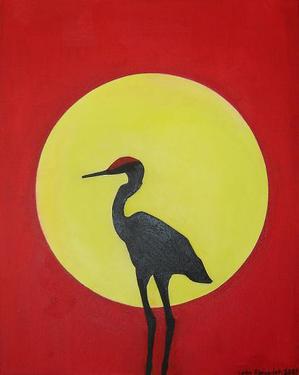 Fog mingled with low clouds overcast this early Monday on California’s north coast — a chilled ocean breeze indicates the marine layer is yuuge…
Fog mingled with low clouds overcast this early Monday on California’s north coast — a chilled ocean breeze indicates the marine layer is yuuge…
Today, too, is the beginning of Summer Solstice, reportedly actually starting at 3:34 PDT this afternoon, and also supposedly the longest day of the year.
If interested, there’s a handy, localized SS guide at the NWS this morning — curious day-times even in short spaces.
Although Crescent City, only about 80 miles north along the coast, will have a seven-minute longer day than us.
Monday way-up there supposedly to clock out at 15 hours and 13 minutes.
Meanwhile, Ukiah, located about 160 miles south, will face a 10-minute shorter-day than us.
(Illustration found here).
Only on the Left Coast and its internals — a condensation from the LA Times this morning:
The last ray of sunshine will fall at 8:55 p.m. in Crescent City, a foggy northern outpost on the Pacific Ocean where it rains more than New Orleans or Seattle.
About 820 miles southeast, where date palms thrive in the nation’s hottest and driest climate, the sun will slip away in the village of Bard at 7:49 p.m. — about 90 minutes earlier.
Thanks to California’s dimensions, which is longer north to south than Texas is east to west, no other state in the continental U.S. has such a wide divergence in its sunset times.
“We have a long … footprint,” USC scientist Travis Longcore said.
“If you want diversity, come to California.”
An added attraction this year, too: A full ‘strawberry moon.’
The first time that’s happen since the year I graduated high school, 1967. (However, some debate on how long ago; the Old Farmer’s Almanac says this is the first one in 70 years, while EarthSky says the last one was in 1967).
And last night, with clear skies, the view was really clear, the full moon laying low to the southeast, and way-bright.
Rarity — this morning at ScienceAlert:
The solstice also occurs twice a year — once in winter, once in summer — when the Sun stops travelling north and begins to head south again.
But what is rare is for the strawberry moon to fall exactly on the summer solstice in the Northern Hemisphere.
Using Universal Time (UTC), or Greenwich Mean Time — which astronomers prefer, as it applies to Earth as a whole — the last time the two events coincided was in 1967, ushering in the famous ‘summer of love.’
And the next time we’ll witness it will be 21 June 2062.
So for many of us, this might be the only chance of us to see the two astronomical events line up in our lifetime.
Yet, Monday by any other name…